Secrets of a successful direct mail campaign – part 2
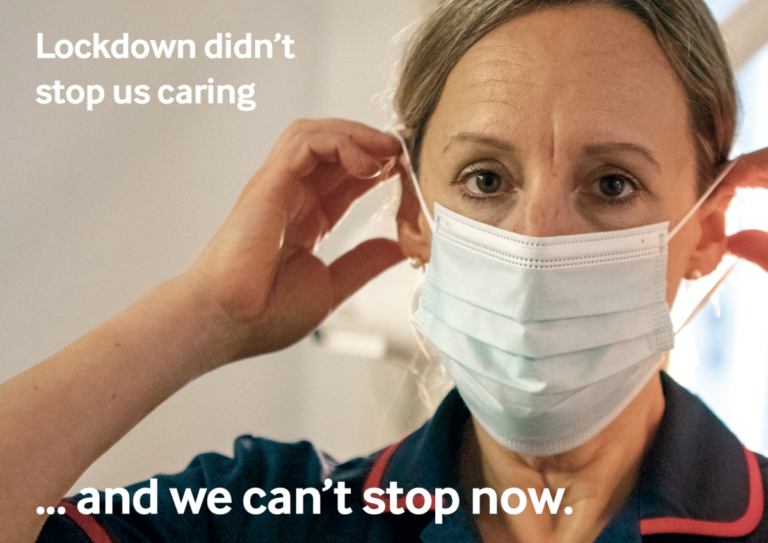
A piece of direct mail has the potential to be read and read again, to be kept, interacted with and shared – and to raise vital income. But what does success look like?
Following on from part 1, fundraisers from Sue Ryder and Parkinson’s UK showcase a successful piece of direct mail that they’ve run, taking us through the reason behind it, the approach, and how it did.
Advertisement
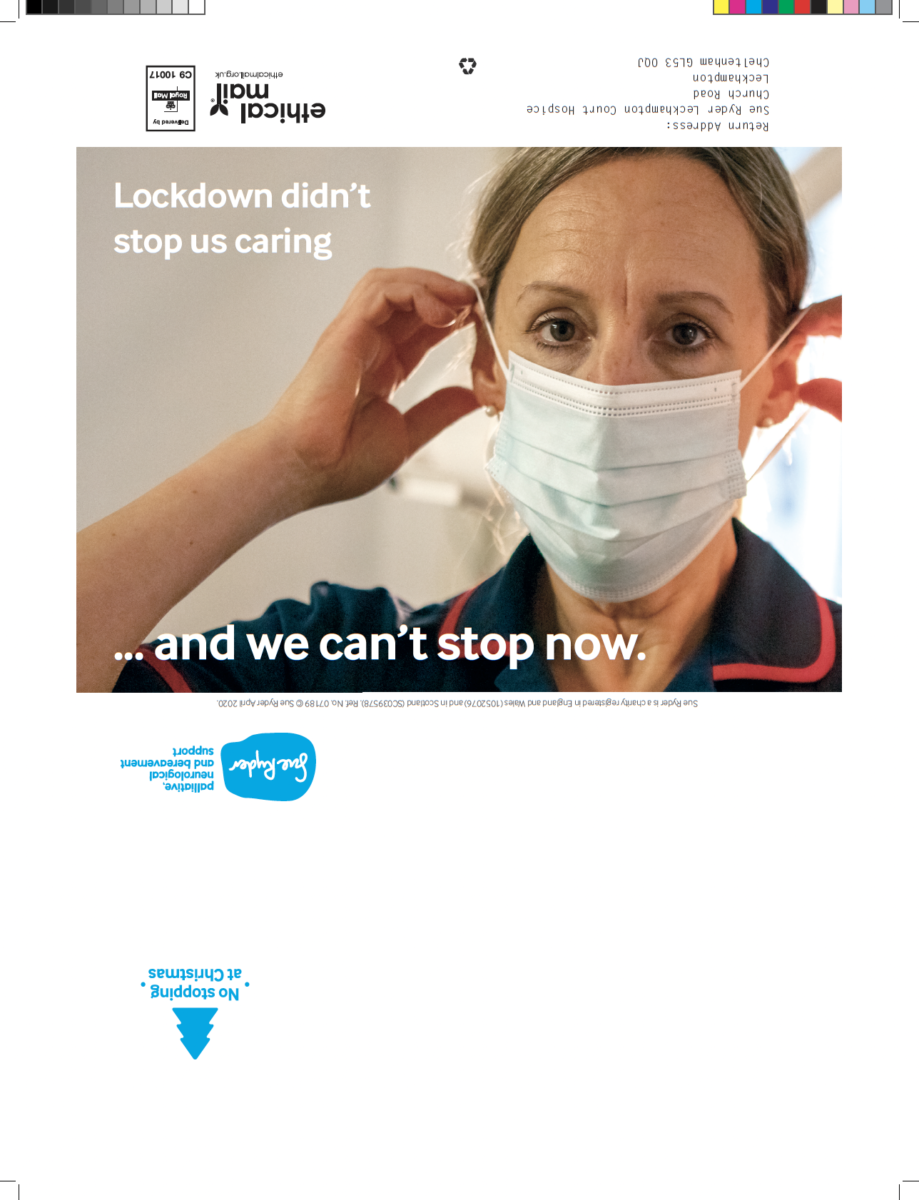
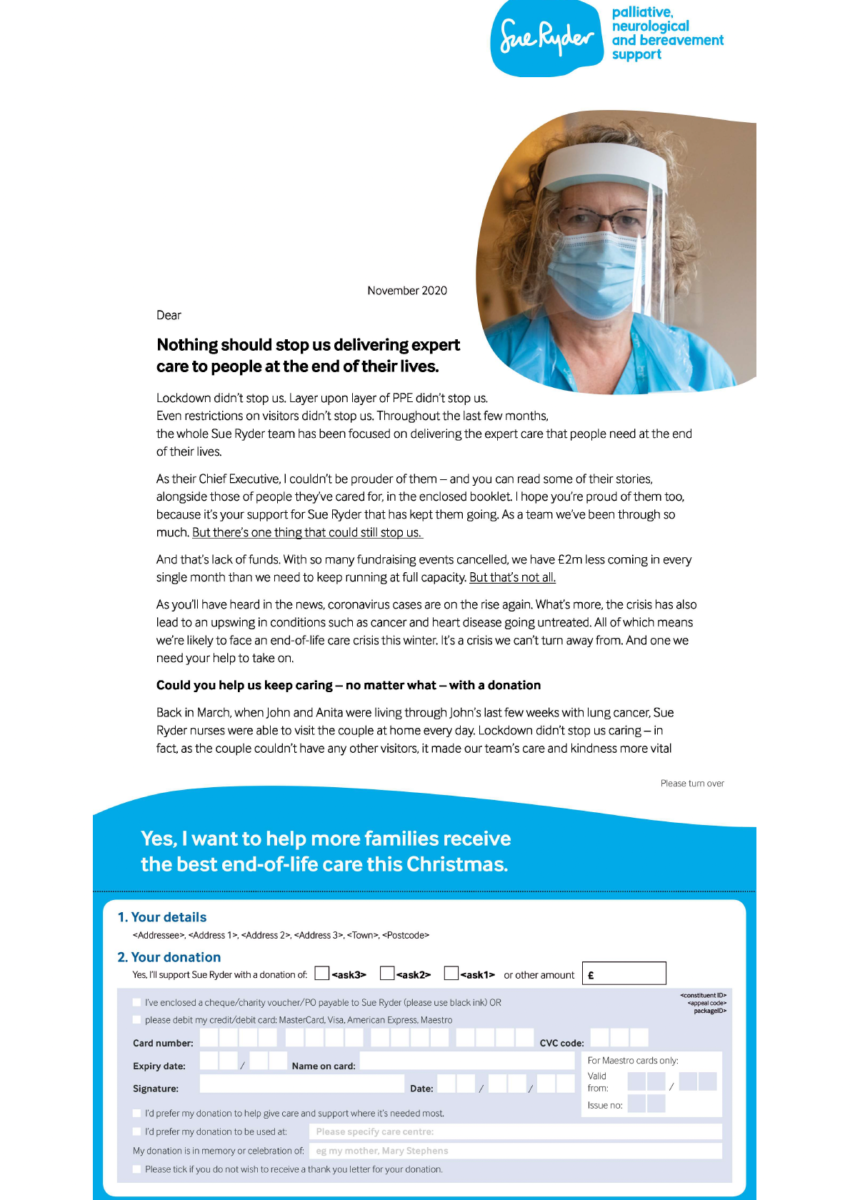
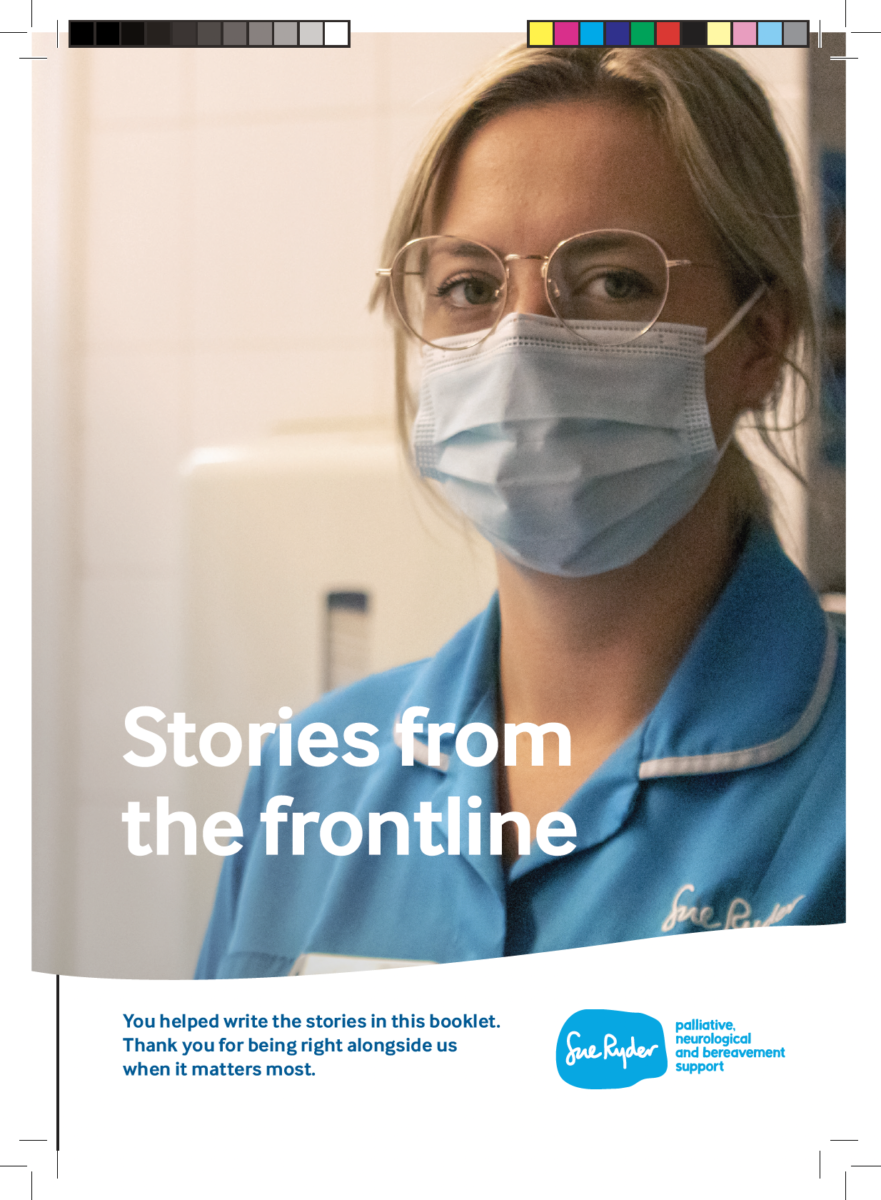
Sue Ryder

James Wright, Head of Public Fundraising
The Sue Ryder December 2020 Appeal was titled ‘We can’t stop’ and was a follow up to the hugely successful Emergency Appeal we ran earlier that year in response to the coronavirus pandemic. As such there was pressure for this to perform similarly well and it focused on the efforts our Healthcare teams had made throughout the previous few months.
Putting our colleagues in the limelight for this appeal, rather than our beneficiaries, was a new approach for us but felt right for that moment and allowed us to show how proud we were of our colleagues. We hoped this would resonate with our supporters.
‘We can’t stop’ was an organisation-wide appeal which involved promotion through our National and Community Fundraising teams, as well as presence on the high street through our retail network. The DM mailing was complimented by partially addressed mail, paid and organic social advertising, email, posters and press advertising as well as a drive through our PR and Philanthropy teams.
We were hoping to grab the attention of existing and new supporters through gritty, hard-hitting imagery of our incredible staff delivering care no matter what, with copy describing their resilience and dedication during the coronavirus pandemic.
The DM pack included a letter from Heidi Travis, our Chief Executive, who proudly spoke of the efforts of our teams. She explained that as coronavirus cases were rising through the autumn months, the only thing that would stop them from providing care was a lack of funding.
She referenced an enclosed booklet titled ‘Stories from the Frontline’ which featured three case studies: Anita and her husband John who spent his final days supported by Sue Ryder; Rachel, a Sue Ryder Nurse of 17 years; and Mary-Ann, a housekeeping supervisor who showed how vital the support staff are to the delivery of care across the organisation. As it was firmly on-trend to wear your heart on your window-sill at the time, we enclosed a small poster for the window so people could show their support.
Our aims were to raise a million pounds, based in analysis of previous appeals, plus an ambitious uplift as we felt strongly that the concept would resonate with the public as much as it had internally. We also knew this was an opportunity to increase our supporter base so looked for a solid opt-in to future marketing as well as response to a handraiser as a non-financial ask.
I’m pleased that the totaliser reached £1,000,007 – just about hitting that bold target, as well as a 75% opt in and over 26,000 signatures.
Personally, it was extremely rewarding to shout about the amazing colleagues we have at Sue Ryder and wonderful that the response showed the public felt the same.
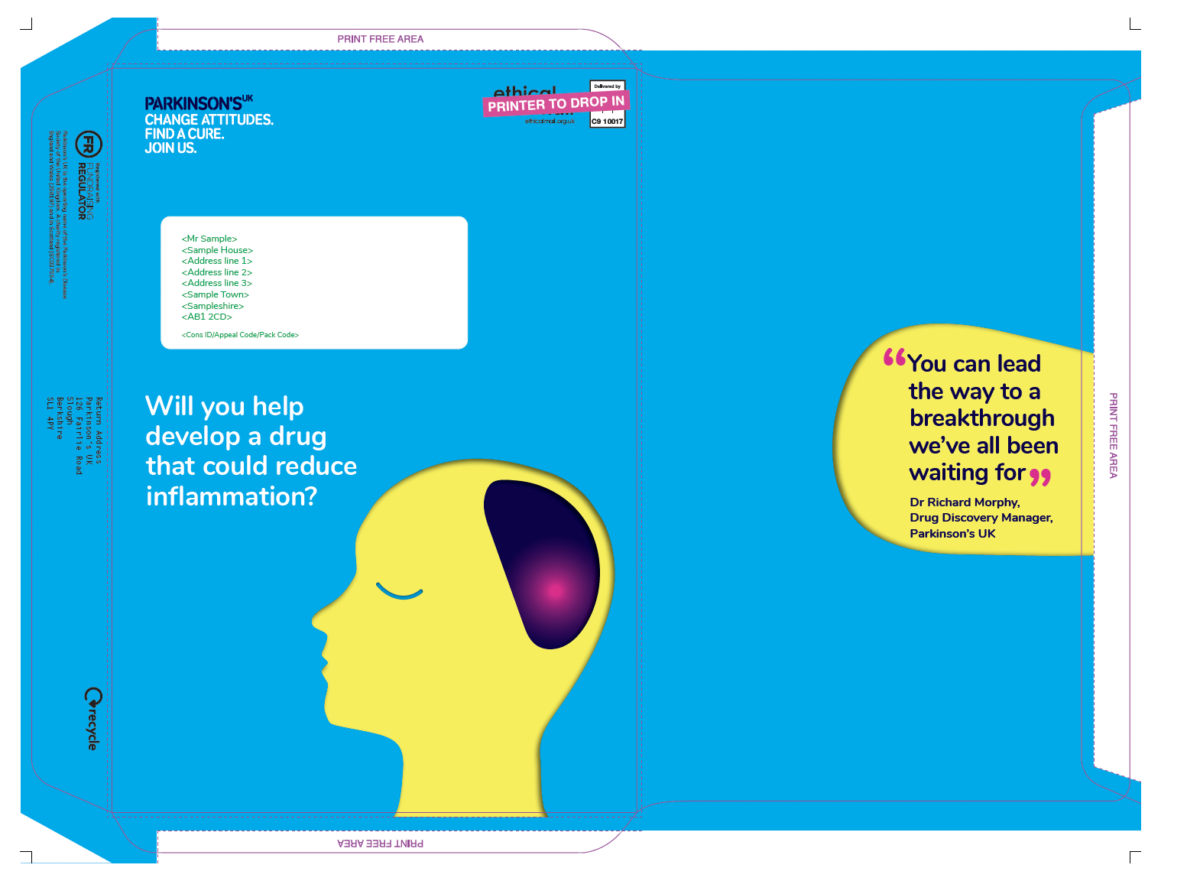
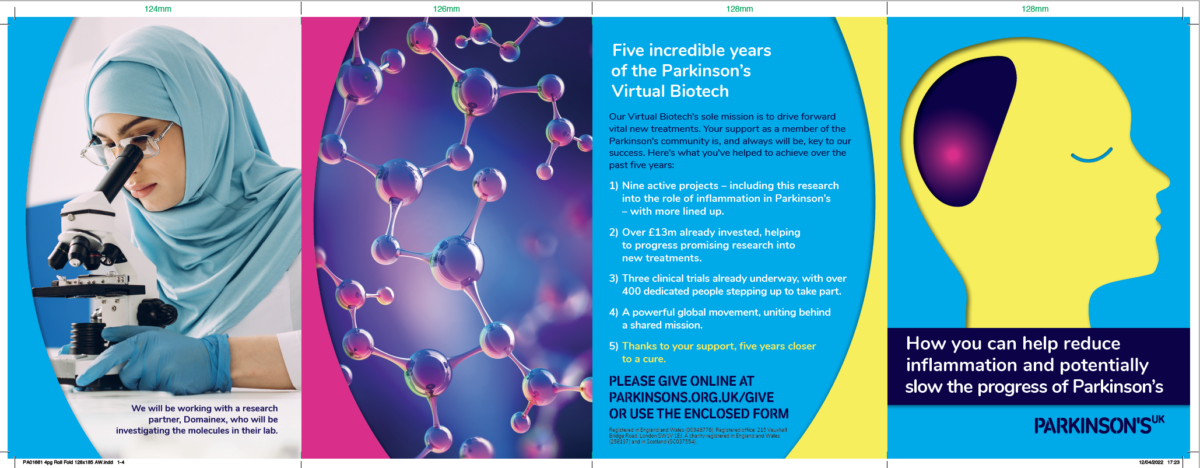
Parkinson’s UK

Sally Doulton, Senior Individual Giving Officer, Individual Giving, Fundraising and Engagement.
We have four appeals each year to warm supporters – in February, May, September and November. This appeal went out in May 2022, with an accompanying email campaign, both to supporters who received the DM pack and supporters who gave online. We also had a specific appeal landing page (parkinsons.org.uk/give), a PPC campaign and organic social media. In addition, this appeal featured on the homepage of the Parkinson’s UK website for a week.
The timing coincided with the five-year anniversary of the Parkinson’s Virtual Biotech, our drug discovery and development programme. So for this appeal, we wanted to showcase one of the research projects currently being supported that supporters could fund. This was Dr Richard Morphy’s research project into a new group of molecules he and his team have developed that could help dial down inflammation in the brain.
We aimed to raise £114,450 (not including Gift Aid) to fund the research project, with an ROI of 3.02, andas usual, we wanted supporters to feel informed, trusted and part of the movement for change.
It went to an audience of 30,000 warm supporters on our database. We use the Dataro AI model to rank people by their propensity to give to appeals and included active regular givers, who receive two appeals from us a year. We know that a lot of this audience have Parkinson’s themselves or a close relative has the condition. It’s imperative we ensure that the areas we are asking them to fund would be of real and tangible benefit to them and we communicate this impact.
We successfully integrated the appeal with the wider charity messaging around the five-year anniversary of the Virtual Biotech, and included variable paragraphs to supporters who had funded the launch of the Virtual Biotech in 2017. This personal approach provided a chance to thank supporters and communicate the previous impact their kind gifts had made.
After a difficult couple of years across the sector with a challenging fundraising landscape, this appeal marked a turning point for the team. What made it successful was how it tied in with wider charity messaging, across the website and through social media, creating the sought-after halo effect, as well as the personal copy we were able to include. We could clearly connect the supporters’ donations to the research project (the income was restricted specifically to this project), and worked in partnership with the researcher and with our research comms team at Parkinson’s UK. This ensured we had his personal take on the project and inside, detailed information.
We raised 97.7% of the fundraising target – a brilliant £112,000 (not including Gift Aid).
We really appreciate how generous our supporters are during these difficult times when everyone is affected by rising costs to continue to fund pioneering research like this.
For more great direct mail examples, read part 1



